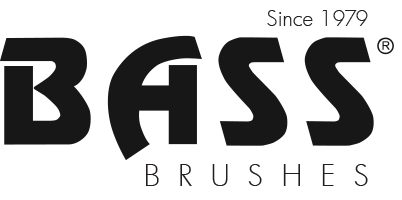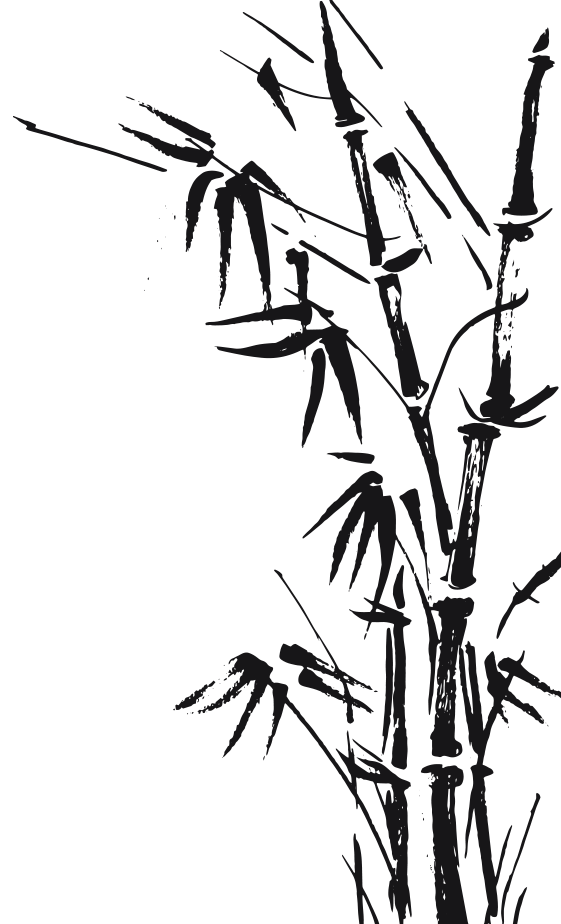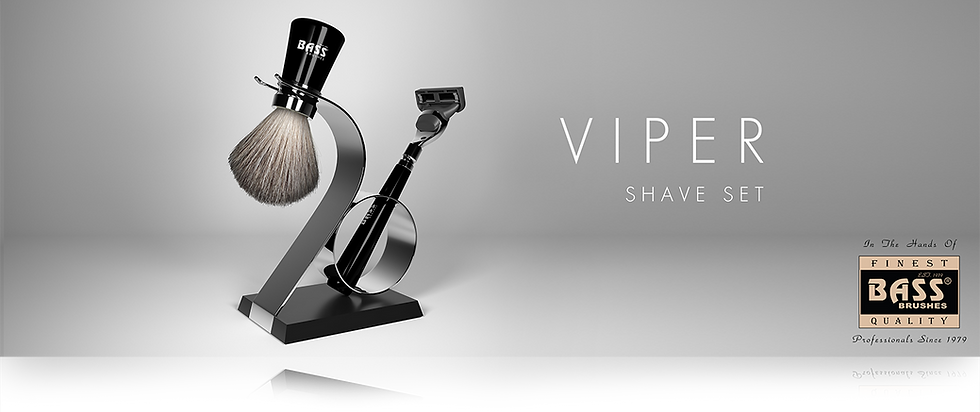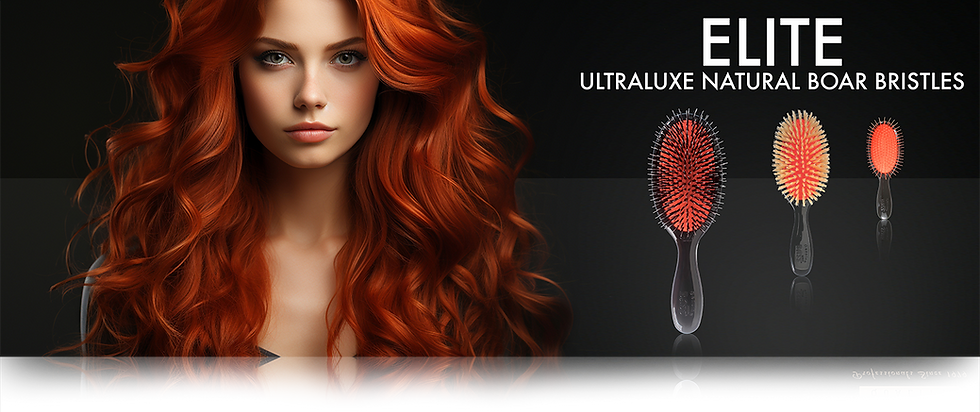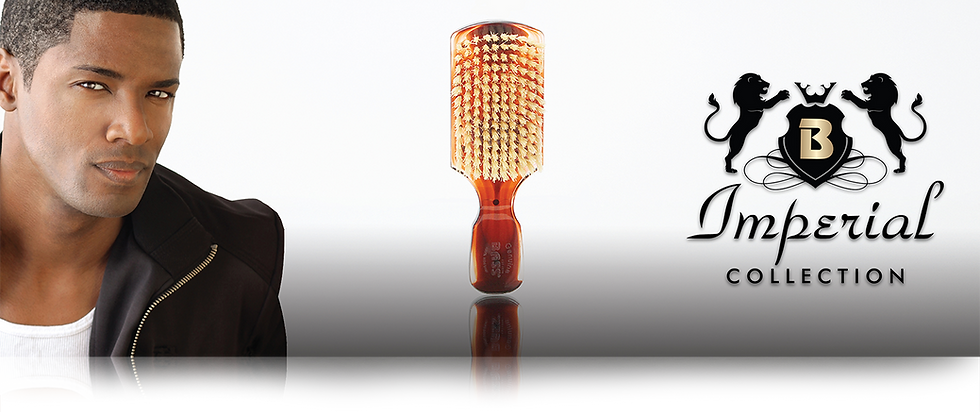The Working Mirror: How a Dresser Mirror Improves Accuracy, Lighting, and Client Perception
- Bass Brushes

- Sep 16
- 1 min read
Updated: Sep 18
A mirror is not just décor; it’s a tool. The Natural Wood Frame Dresser Mirror provides a stable visual reference that improves accuracy, supports consultation, and showcases your finish.
Why the Right Mirror Matters
Line verification: Horizontal and vertical checks for symmetry at the temple, cheek, and neckline.
Texture read: Hard light reveals weight lines; soft light emphasizes shine and polish.
Client psychology: A well-framed reflection communicates craft and care—clients feel taken seriously.
Using the Mirror as a Technical Aid
Mid-service checks: Brief, intentional looks after major weight removal to avoid over-cutting.
Edge audits: Turn the client slightly; verify taper transitions and beard borders.
Finish pass: After dusting with the ultra-soft duster, use the mirror to pick up any strays before product.
Care & Placement
Clean with a non-ammonia glass solution; wipe the wood frame with a soft, dry cloth.
Position to avoid direct glare yet capture diffused light from your primary source.
Maintain a clear perimeter—no tool hooks on the frame that could transfer oil or product.
Takeaway: Treat the dresser mirror as part of your technical setup, not just the backdrop—your lines will show it.
